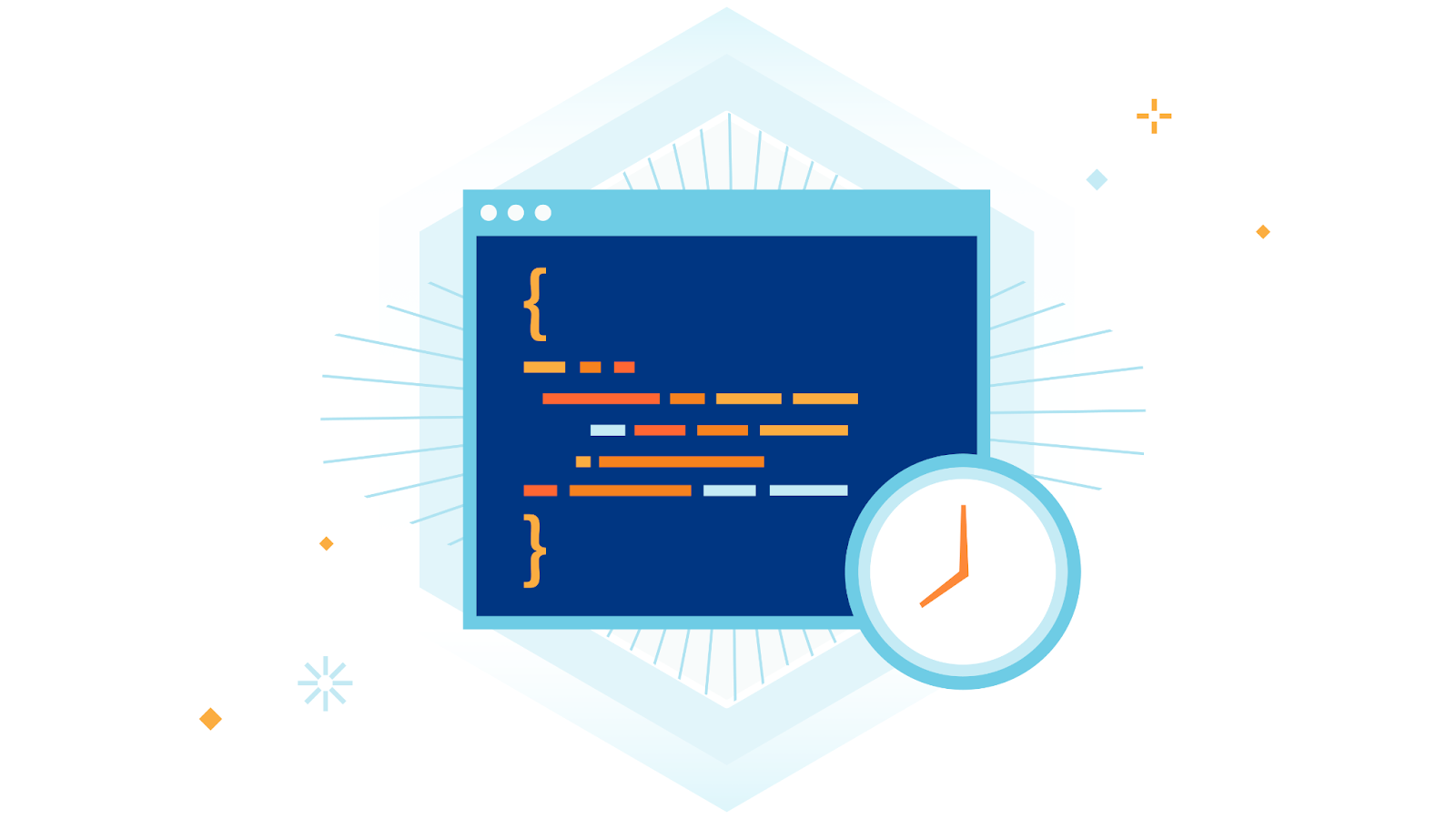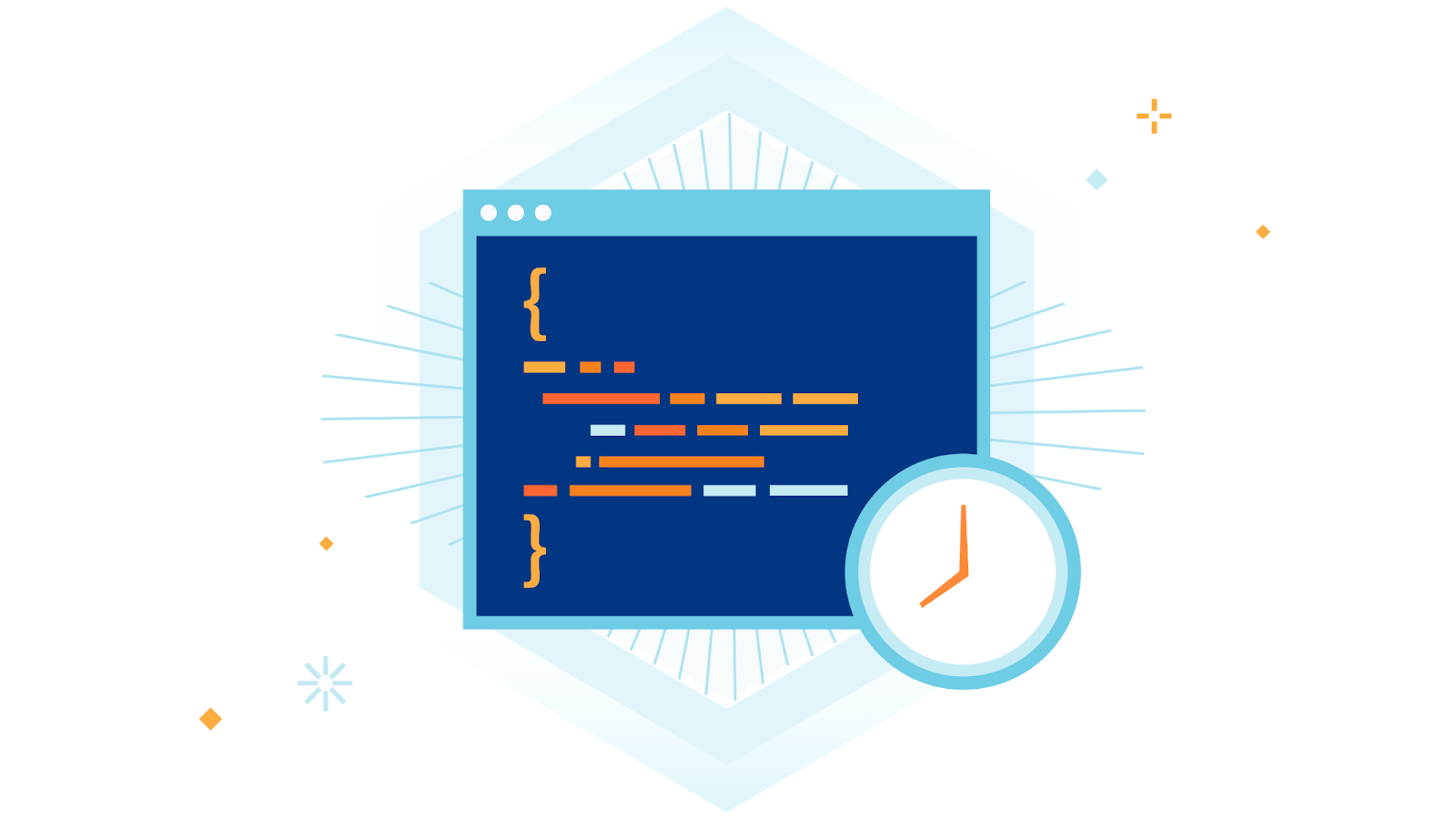Loading...

Last year, R2 made its debut, providing developers with object storage while eliminating the burden of egress fees. (For many, egress costs account for over half of their object storage bills!) Since R2’s launch, tens of thousands of developers have chosen it to store data for many different types of applications.
But for some applications, data stored in R2 doesn’t need to be retained forever. Over time, as this data grows, it can unnecessarily lead to higher storage costs. Today, we’re excited to announce that Object Lifecycle Management for R2 is generally available, allowing you to effectively manage object expiration, all from the R2 dashboard or via our API.
Object Lifecycle Management
Object lifecycles give you the ability to define rules (up to 1,000) that determine how long objects uploaded to your bucket are kept. For example, by implementing an object lifecycle rule that deletes objects after 30 days, you could automatically delete outdated logs or temporary files. You can also define rules to abort unfinished multipart uploads that are sitting around and contributing to storage costs.
Getting started with object lifecycles in R2
Cloudflare dashboard

- From the Cloudflare dashboard, select R2.
- Select your R2 bucket.
- Navigate to the Settings tab and find the Object lifecycle rules section.
- Select Add rule to define the name, relevant prefix, and lifecycle actions: delete uploaded objects or abort incomplete multipart uploads.
- Select Add rule to complete the process.
S3 Compatible API
With R2’s S3-compatible API, it’s easy to apply any existing object lifecycle rules to your R2 buckets.
Here’s an example of how to configure your R2 bucket’s lifecycle policy using the AWS SDK for JavaScript. To try this out, you’ll need to generate an Access Key.
import S3 from "aws-sdk/clients/s3.js";
const client = new S3({
endpoint: `https://${ACCOUNT_ID}.r2.cloudflarestorage.com`,
credentials: {
accessKeyId: ACCESS_KEY_ID, // fill in your own
secretAccessKey: SECRET_ACCESS_KEY, // fill in your own
},
region: "auto",
});
await client
.putBucketLifecycleConfiguration({
LifecycleConfiguration: {
Bucket: "testBucket",
Rules: [
// Example: deleting objects by age
// Delete logs older than 90 days
{
ID: "Delete logs after 90 days",
Filter: {
Prefix: "logs/",
},
Expiration: {
Days: 90,
},
},
// Example: abort all incomplete multipart uploads after a week
{
ID: "Abort incomplete multipart uploads",
AbortIncompleteMultipartUpload: {
DaysAfterInitiation: 7,
},
},
],
},
})
.promise();
For more information on how object lifecycle policies work and how to configure them in the dashboard or API, see the documentation here.
Speaking of documentation, if you’d like to provide feedback for R2’s documentation, fill out our documentation survey!
What’s next?
Creating object lifecycle rules to delete ephemeral objects is a great way to reduce storage costs, but what if you need to keep objects around to access in the future? We’re working on new, lower cost ways to store objects in R2 that aren’t frequently accessed, like long tail user-generated content, archive data, and more. If you’re interested in providing feedback and gaining early access, let us know by joining the waitlist here.
If you have any questions or feedback relating to R2, we encourage you to join our Discord community to share! Stay tuned for more exciting R2 updates in the future.
We protect entire corporate networks, help customers build Internet-scale applications efficiently, accelerate any website or Internet application, ward off DDoS attacks, keep hackers at bay, and can help you on your journey to Zero Trust.
Visit 1.1.1.1 from any device to get started with our free app that makes your Internet faster and safer.
To learn more about our mission to help build a better Internet, start here. If you're looking for a new career direction, check out our open positions.


